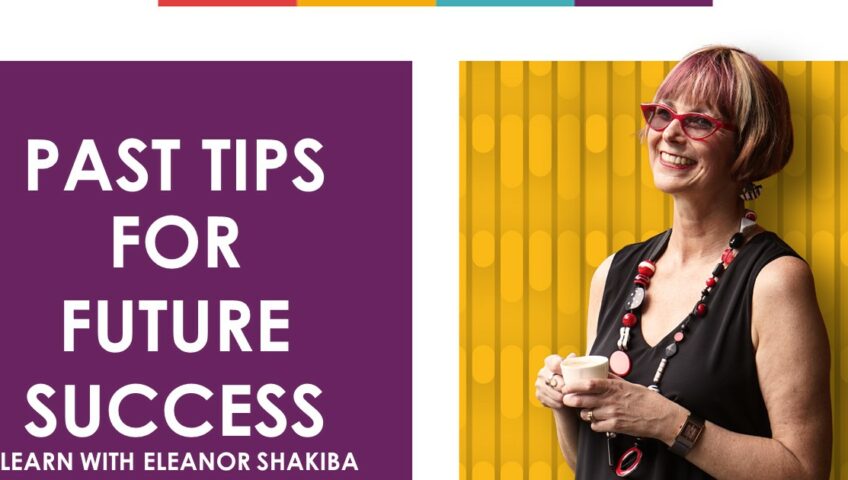Meredith was a Human Resources consultant. She was passionate about supporting her clients. But this meant that she often said ‘yes’ to work she had little time to do. She was working long and starting to feel burnt out.
Meredith was taking on some projects to keep her clients happy, even though those projects fell outside her core area of expertise. This meant she was working excessive hours in order to master them. It was time Meredith started saying ‘no’ to these projects. She came to one of my communication skills training sessions. Here are some of the ideas Meredith picked up. You can use the same principles to say no to time-wasting tasks in your job, too.

